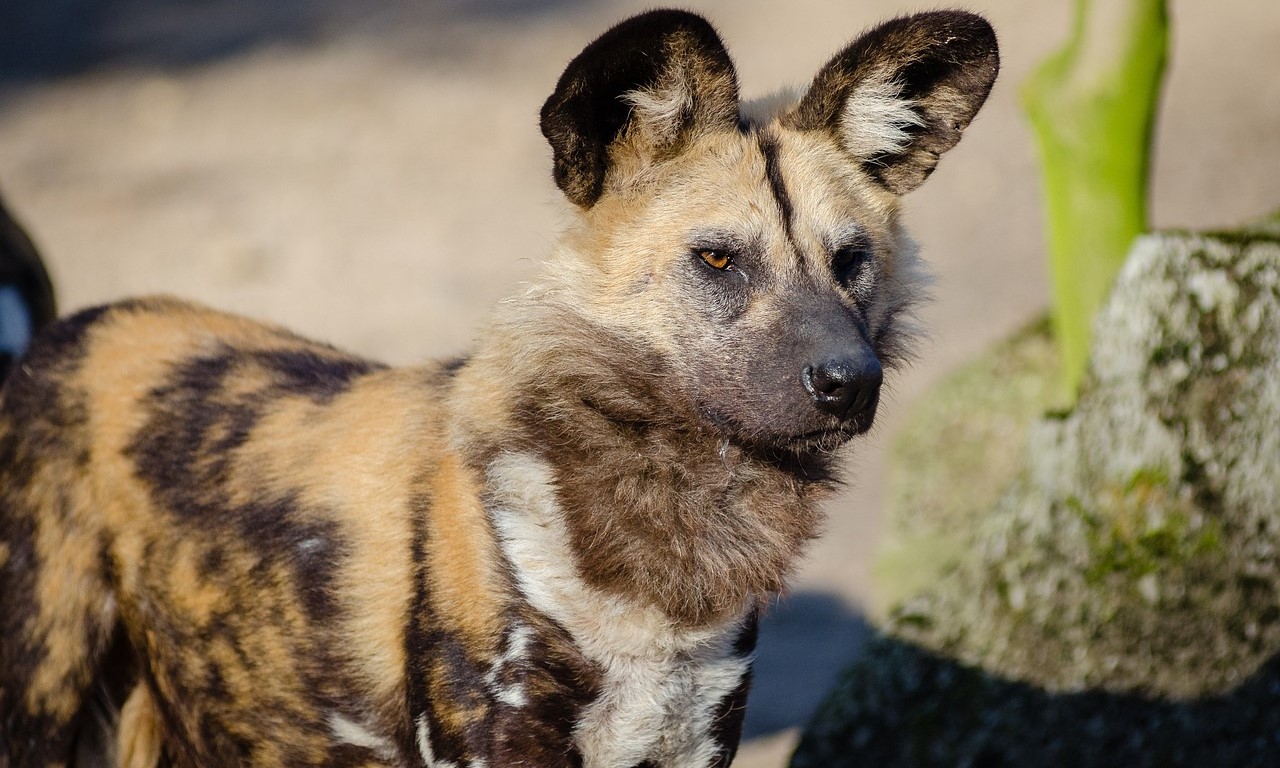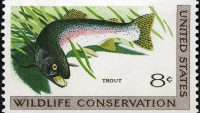Wild dogs, also known as painted wolves or African wild dogs, are highly social and cooperative carnivores native to sub-Saharan Africa. They are known for their striking coat patterns, which resemble a colorful mosaic of black, brown, white, and yellow patches. Unlike domestic dogs, wild dogs have only four toes per foot, and their large rounded ears aid in heat dissipation.
Wild dogs are renowned for their complex social structure and cooperative hunting behavior. They live in packs led by an alpha breeding pair, which are usually the only individuals allowed to breed. Pack members exhibit strong bonds and cooperation, working together to hunt prey, care for pups, and defend territory. Cooperative hunting allows wild dogs to take down large prey such as antelopes and wildebeests, making them highly successful predators.
Despite their prowess as hunters, wild dogs face numerous threats to their survival. Habitat loss, human-wildlife conflict, poaching, and diseases such as canine distemper and rabies have all contributed to declining wild dog populations. Conservation efforts, including habitat protection, anti-poaching measures, and captive breeding programs, are crucial for safeguarding the future of these charismatic and endangered carnivores.

To know more about wild dogs, let’s take a look at these 10 interesting facts about wild dogs.
- Social Structure: Wild dogs live in highly organized packs, typically consisting of a dominant breeding pair and their offspring. Pack members exhibit strong social bonds, with each individual playing a specific role in the group’s activities.
- Cooperative Hunting: Wild dogs are renowned for their cooperative hunting behavior, which allows them to take down prey much larger than themselves. They work together in coordinated packs, using strategy, teamwork, and communication to pursue, corner, and overpower their prey.
- High Success Rate: Wild dogs are among the most successful hunters in the animal kingdom, with success rates exceeding 80% in some cases. Their efficient hunting strategies and coordinated efforts enable them to secure food for the entire pack.
- Matriarchal Dominance: While wild dog packs are led by an alpha breeding pair, dominance within the pack is often determined by the female members. In many cases, the alpha female plays a crucial role in decision-making and leading hunting expeditions.
- Communication: Wild dogs rely heavily on vocalizations and body language to communicate with each other. They use a variety of vocalizations, including yips, whines, and growls, to convey information about prey, territory, and social status.
- Endangered Status: Wild dogs are classified as endangered species, with populations declining due to habitat loss, human-wildlife conflict, and disease. Conservation efforts are underway to protect and restore wild dog populations in their native habitats.
- Mosaic Coat Pattern: Wild dogs have a distinct coat pattern characterized by patches of black, brown, white, and yellow fur. Each individual has a unique coat pattern, similar to a fingerprint, which aids in individual identification within the pack.
- Long Legs: Wild dogs have relatively long legs compared to other members of the Canidae family, which gives them excellent endurance and agility. Their long legs enable them to cover vast distances during hunts and pursue prey over varied terrain.
- Scent Marking: Wild dogs use scent marking as a means of communication and territory demarcation. They have specialized scent glands located on their feet, which they use to leave scent trails and mark their territory boundaries.
- High Energy Levels: Wild dogs are highly energetic animals, requiring large home ranges to accommodate their active lifestyle. They spend much of their time roaming, hunting, and engaging in social interactions within their packs, displaying boundless energy and vitality.
Wild dogs, with their intricate social structure, remarkable hunting prowess, and striking coat patterns, epitomize the resilience and adaptability of wildlife in the African savannas. Despite facing numerous threats to their survival, including habitat loss, human-wildlife conflict, and disease, wild dog populations endure, thanks to dedicated conservation efforts and public awareness initiatives. As ambassadors for the conservation of Africa’s iconic species, wild dogs serve as a symbol of the continent’s rich biodiversity and the importance of preserving its natural heritage for future generations. By protecting wild dog populations and their habitats, we not only ensure the survival of these charismatic carnivores but also safeguard the integrity of the ecosystems they inhabit, promoting biodiversity and ecological balance in the African wilderness.



